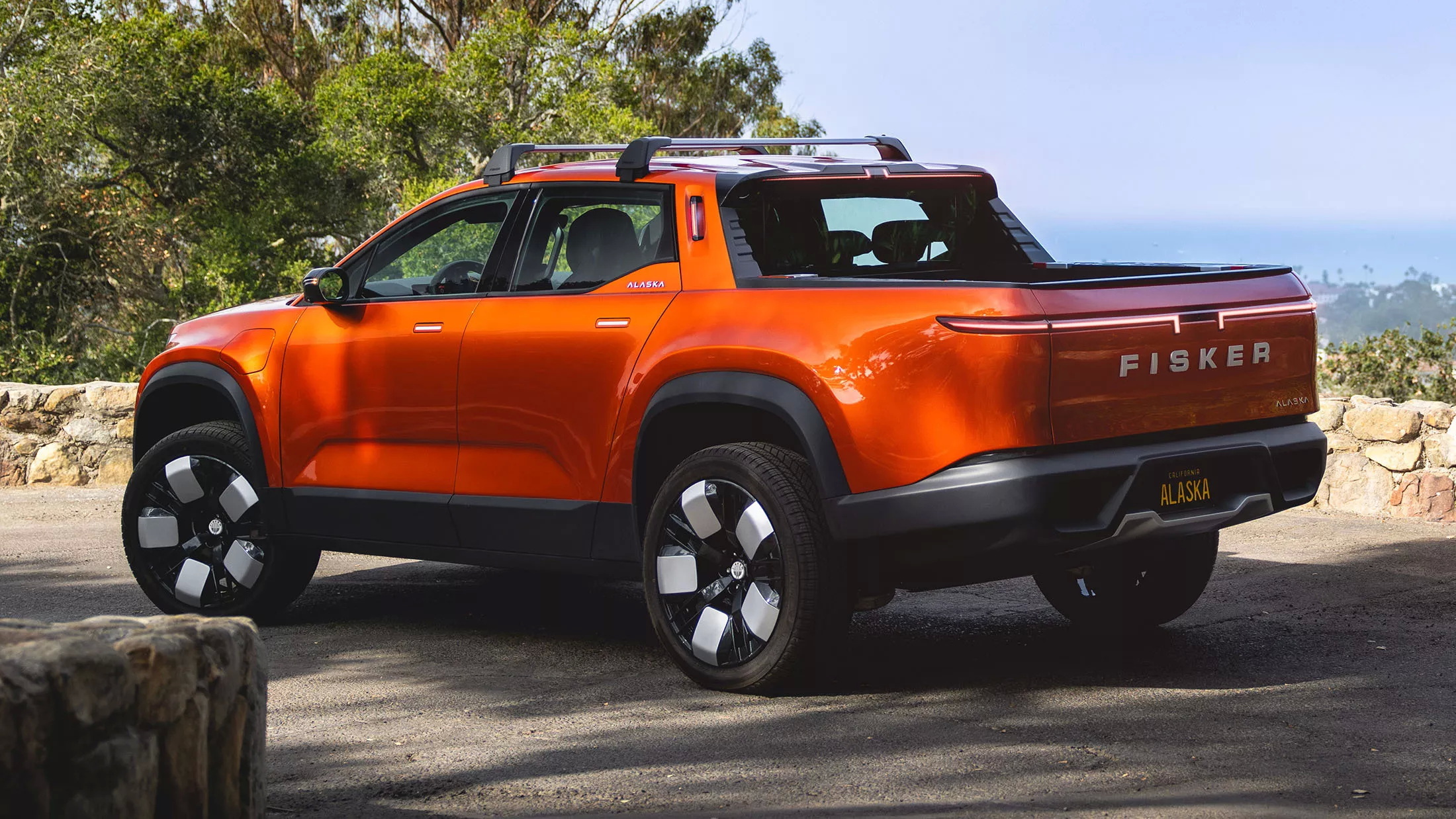The former headquarters of Fisker Automotive, once heralded as a pioneer in the electric vehicle industry, now stands as a haunting reminder of the company’s dramatic fall from grace. Following its bankruptcy filing in 2013, the facility has been left in a state of “complete disarray,” filled with trash, hazardous waste, and abandoned clay models, raising concerns about environmental safety and the fate of the site.
Located in the heart of Southern California, the Fisker headquarters was initially celebrated for its ambitious plans to revolutionize the automotive industry with sleek electric vehicles. However, after a series of financial missteps and production delays, the company filed for bankruptcy, leaving behind a legacy of unfulfilled promises and a facility that now bears the scars of neglect.

Visitors to the site describe a chaotic scene. Rubbish and debris litter the floors, with overflowing bins and scattered papers hinting at the frenetic energy that once filled the halls. The abandoned offices, devoid of their former vibrancy, are now shrouded in dust, with remnants of previous projects left untouched.
Among the most alarming discoveries are the clay models of vehicles that were intended for production. Once considered a critical part of the design process, these models now sit neglected, covered in grime, and at risk of deteriorating beyond salvage. Observers note that the models, while artifacts of innovation, represent a stark contrast to the vision that drove Fisker’s early success.
More concerning is the presence of hazardous waste throughout the facility. Reports indicate that various materials, including chemicals and oils, have been improperly stored, posing potential risks to both human health and the environment. Local officials are reportedly monitoring the site, with environmental assessments planned to address the growing concerns.
“It’s disheartening to see what was once a symbol of innovation reduced to this,” said a former Fisker employee who wished to remain anonymous. “We believed in the vision, and now it feels like a cautionary tale.”
The aftermath of Fisker’s bankruptcy has raised questions about the future of the site. Plans for redevelopment are uncertain, and the city is considering options to clean up and repurpose the area. Community members have expressed hopes for a new beginning, envisioning a space that honors the legacy of electric vehicles while promoting sustainable practices.
As the story of Fisker Automotive continues to unfold, its abandoned headquarters serves as a poignant reminder of the challenges and risks inherent in the rapidly evolving world of technology and innovation. While the company’s ambitious dreams may have crumbled, the lessons learned from its rise and fall remain relevant in an industry still striving for a greener future.
Local authorities are urging anyone with information about the hazardous conditions at the site to come forward, as the community grapples with the implications of Fisker’s legacy and what lies ahead for this once-promising automotive innovator.













